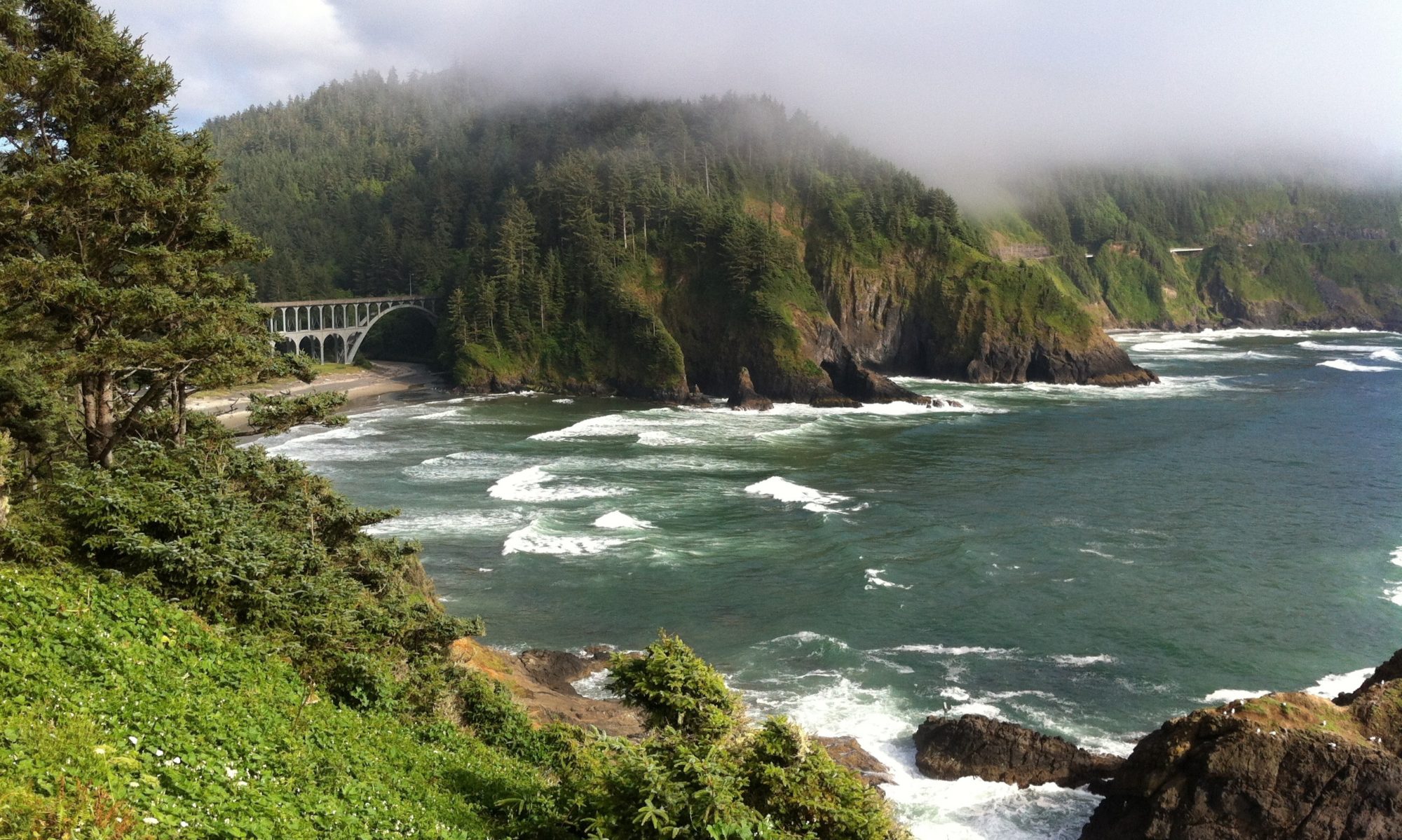Pruned the apple tree and had to do something with all the debris. A cute little fence was erected that at this point is not too sturdy but it is pleasing to the eye.





life with a little pizzazz
Pruned the apple tree and had to do something with all the debris. A cute little fence was erected that at this point is not too sturdy but it is pleasing to the eye.




The evening of March 5, 2007, brought about conditions apparently ideal for earthworm mating. Our dog noticed first, when walking her in the yard she seemed overly interested in something in the grass. A little later I noticed that there seemed to be worms out on the yard all over. Closer inspection near a light uncovered a common theme outside — worm reproduction. Yes, night of the worms.
The Night of the Worms gallery shares a few of the images captured. I’m no worm expert but know a little about them from studying and practicing worm composting, but I had no idea about seasonal or mass simultaneous worm reproduction. Perhaps tied to moon phase, it was full on March 3 and on this night I believe was a waning gibbous moon. Of course it could be simply based on current weather, first warm days after a stretch of rain. A single night does not make science so be cautious with anything stated here. If this peaks your interest in earthworms, go learn more about these garden masters and their reproduction.
“The early bird gets the worm,” but on this evening the late bird would have feasted.
Update: Apparently the March full moon is also sometimes called the Worm Moon. This signifies the thaw of the ground and the reappearance of worm castings which means worms are active again. I didn’t see anything noting reproduction associated with this moon.






 We ran across this dragonfly at Willamette Mission State Park near Waconda, Oregon, this past June 2006. I’m saying that this is a dragonfly but the wing structure is different than I would normally expect. I did find some similar wing structured friends on the Asia Dragonfly site. Hope you enjoy this little creature, it was quite a sight.
We ran across this dragonfly at Willamette Mission State Park near Waconda, Oregon, this past June 2006. I’m saying that this is a dragonfly but the wing structure is different than I would normally expect. I did find some similar wing structured friends on the Asia Dragonfly site. Hope you enjoy this little creature, it was quite a sight.
Enjoy the larger image to see more details, and let me know if you would like the original larger view to be posted. I’ll update this entry when I have a chance to get an identification.
13-Feb Update: The dragonfly has been confirmed. The Slater Museum of Natural History at the University of Puget Sound has a page of Odonata photos which includes an image of pairs of Coenagrionidae Argia emma. Based upon coloring and, um, positioning, I would guess I digitally captured a female. I’ll leave it to you to verify my finding with the field key for Coenagrionidae (pond damsels). The range map for my little friend matches my suspicion, you may want to check out the other range maps as well. Last, but certainly not least, we have specimen images which hold no weight against the free and living beauty. You’ll find other Western Odonata specimen images that may help with your identification research.